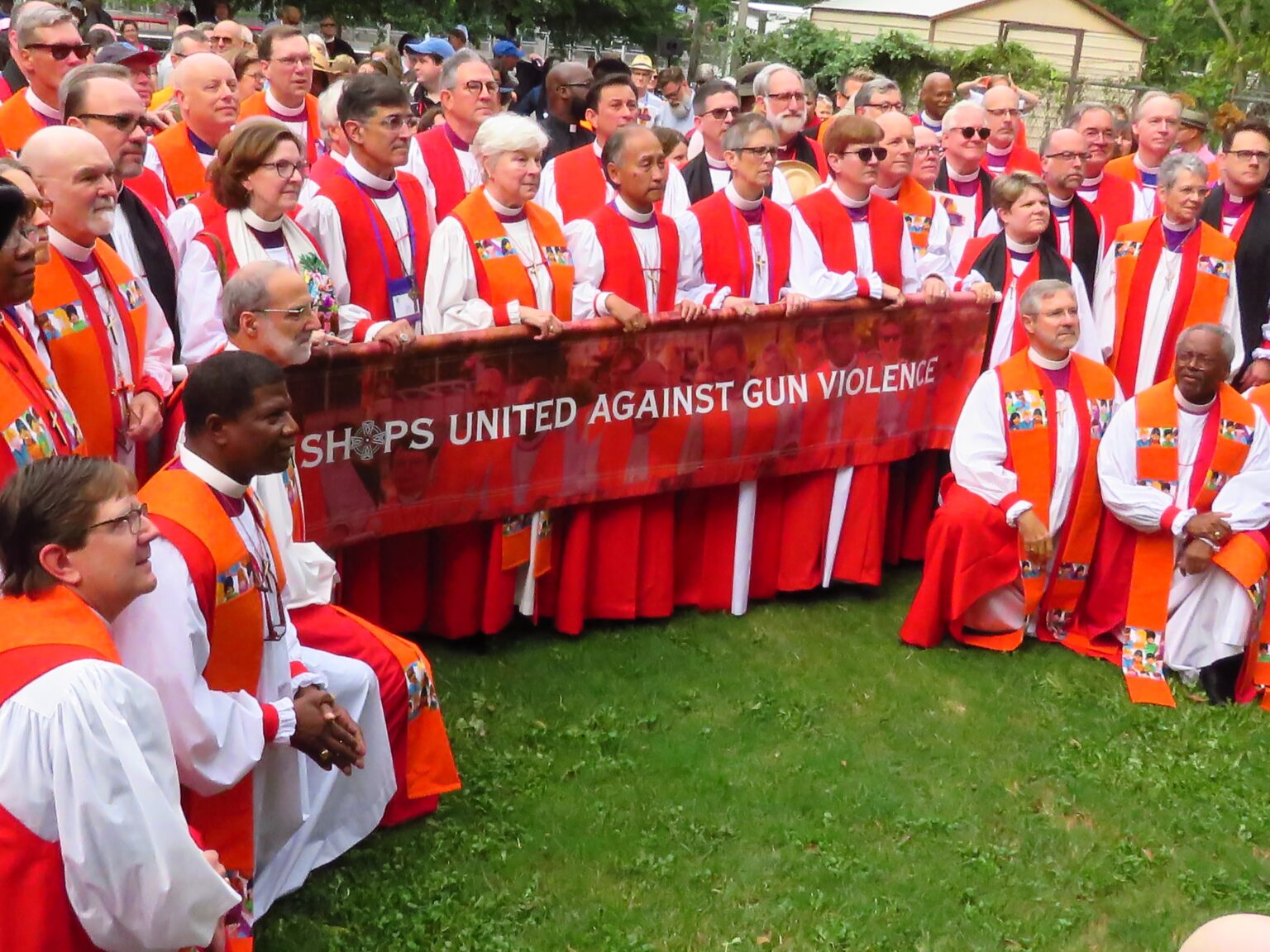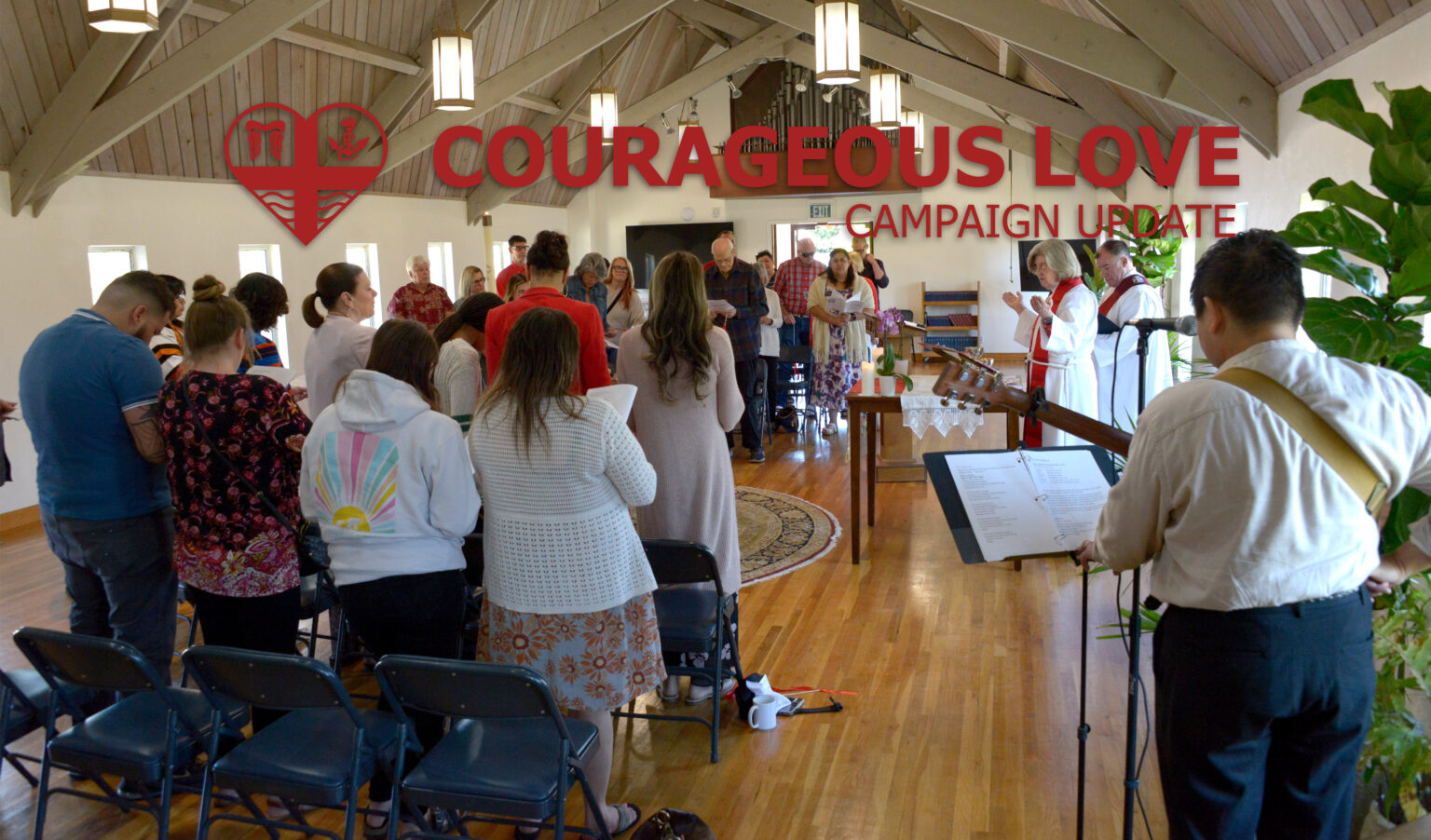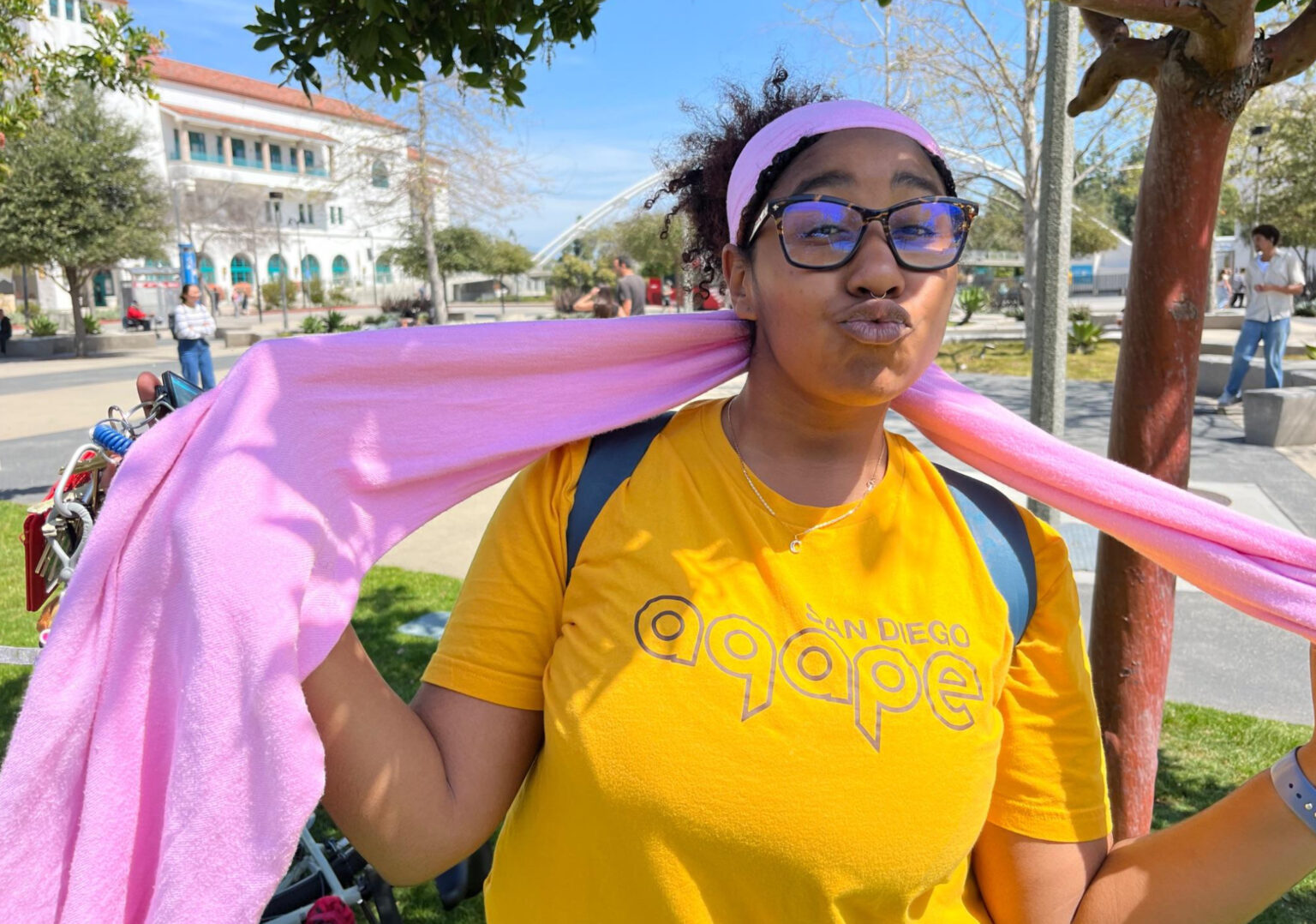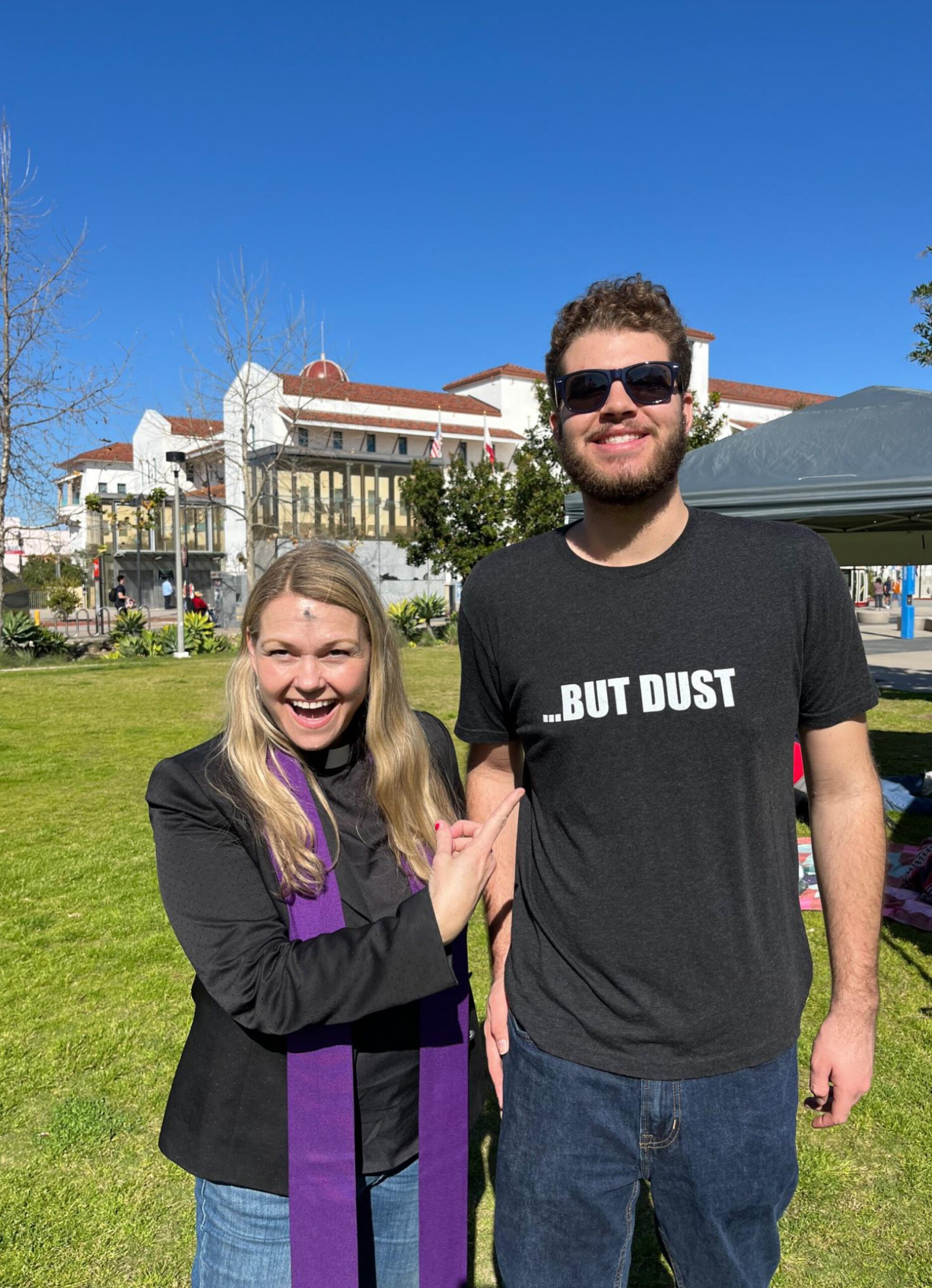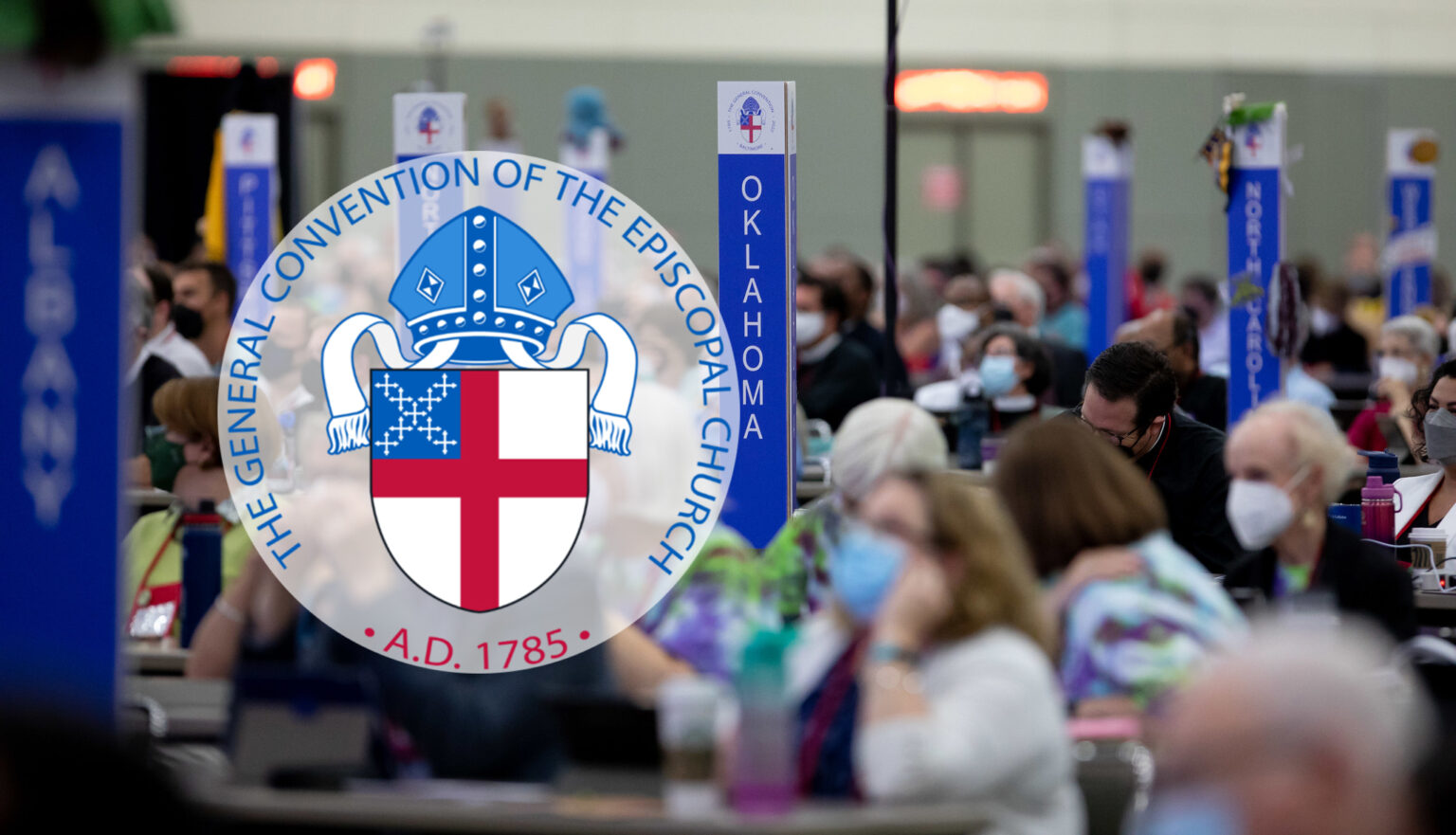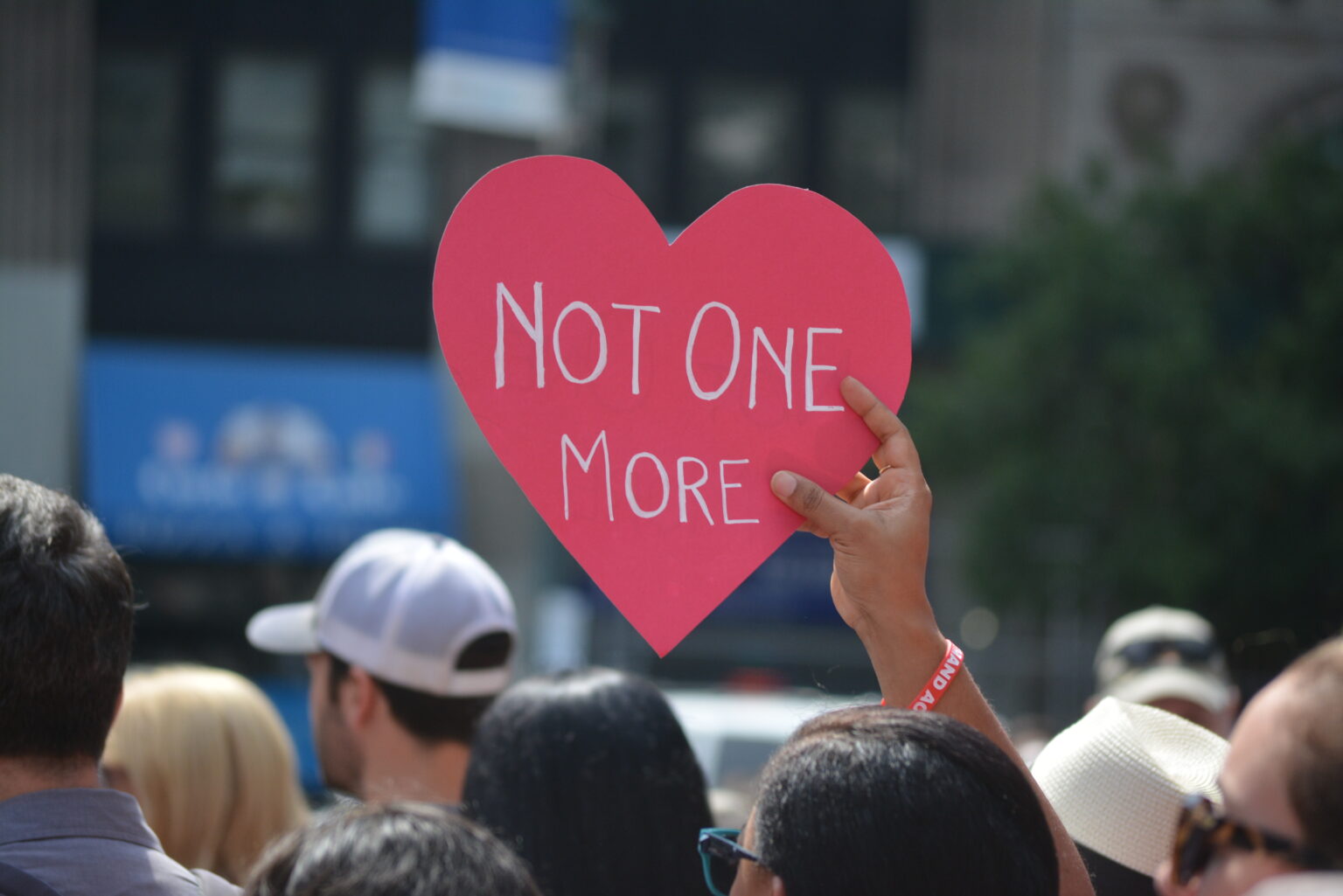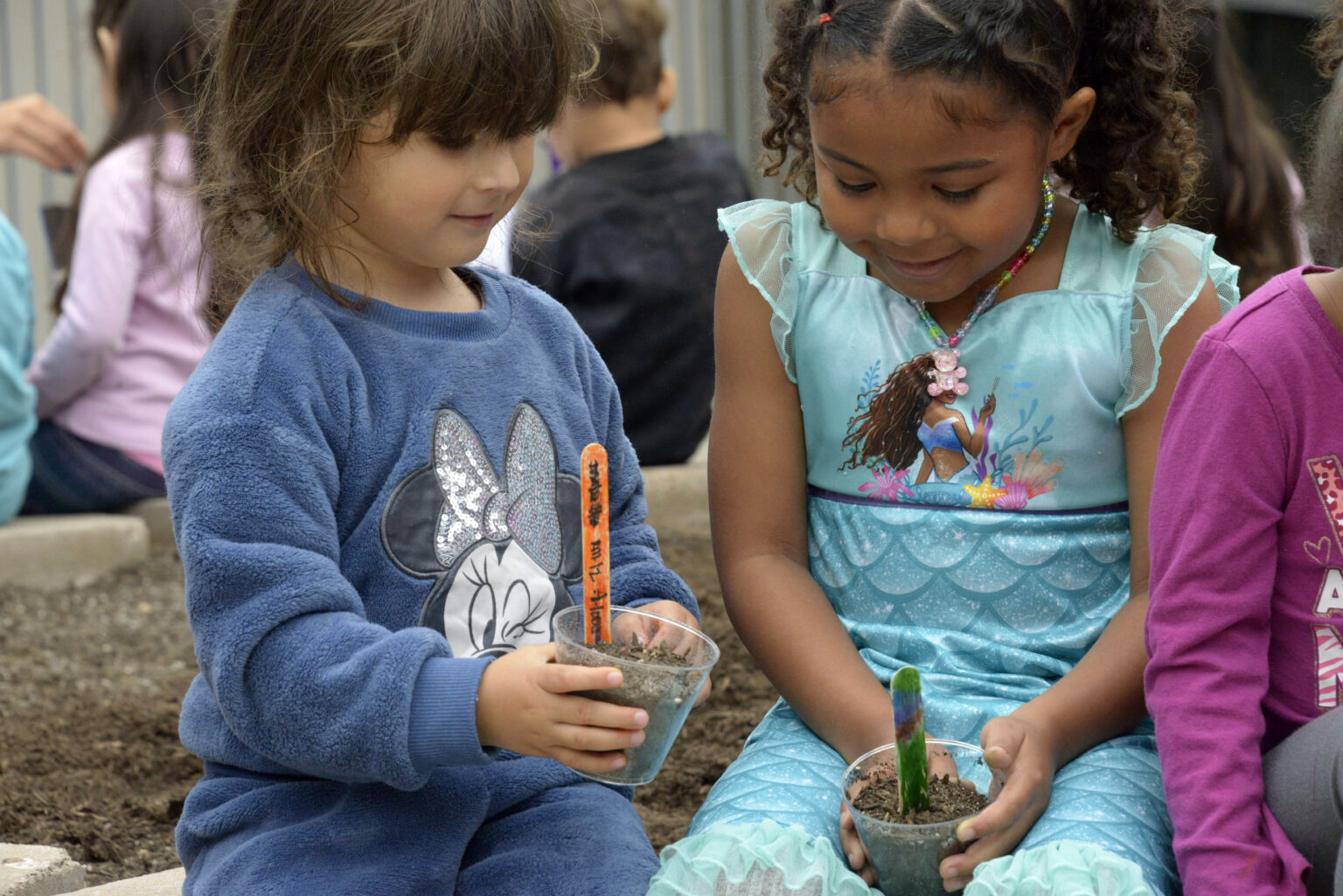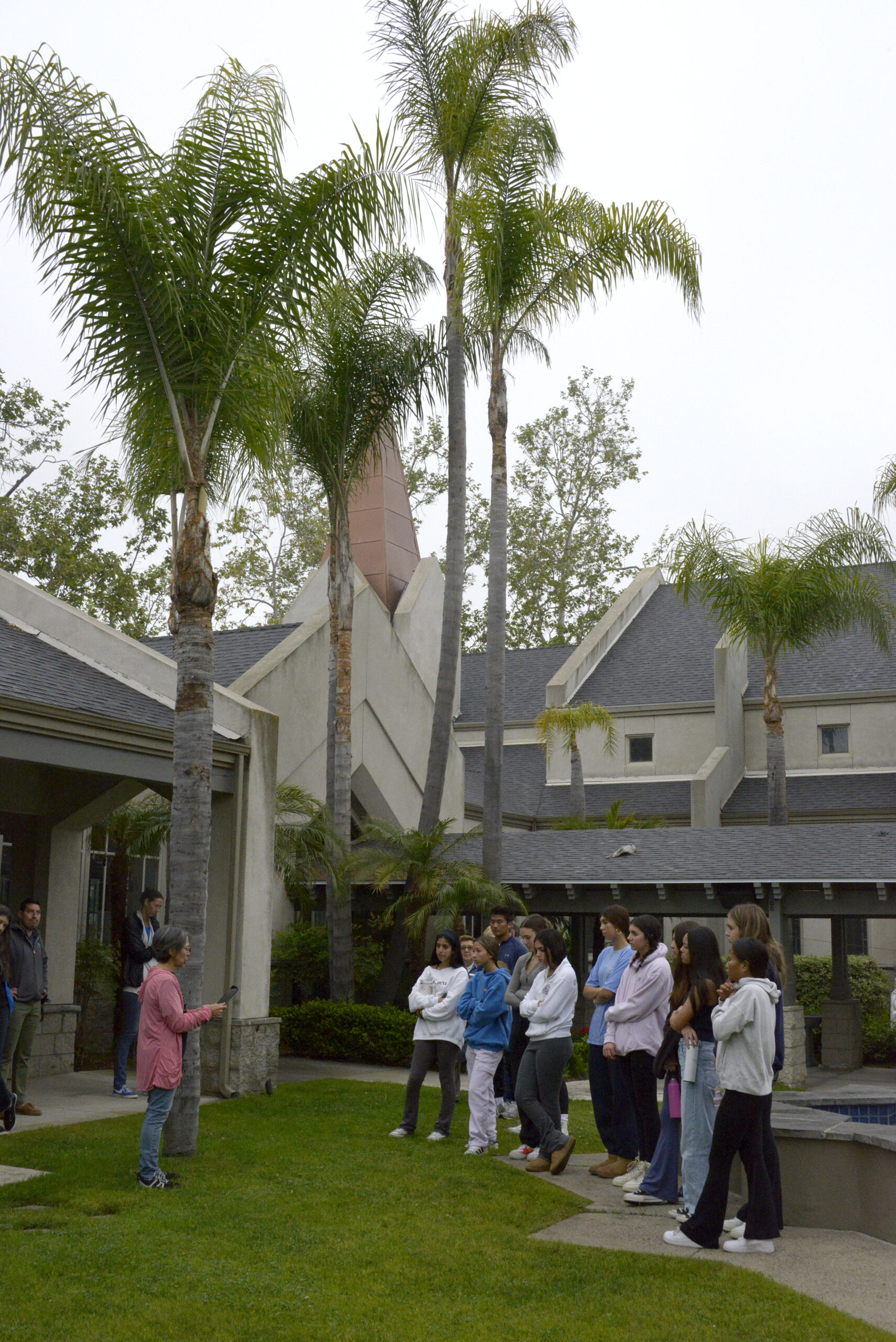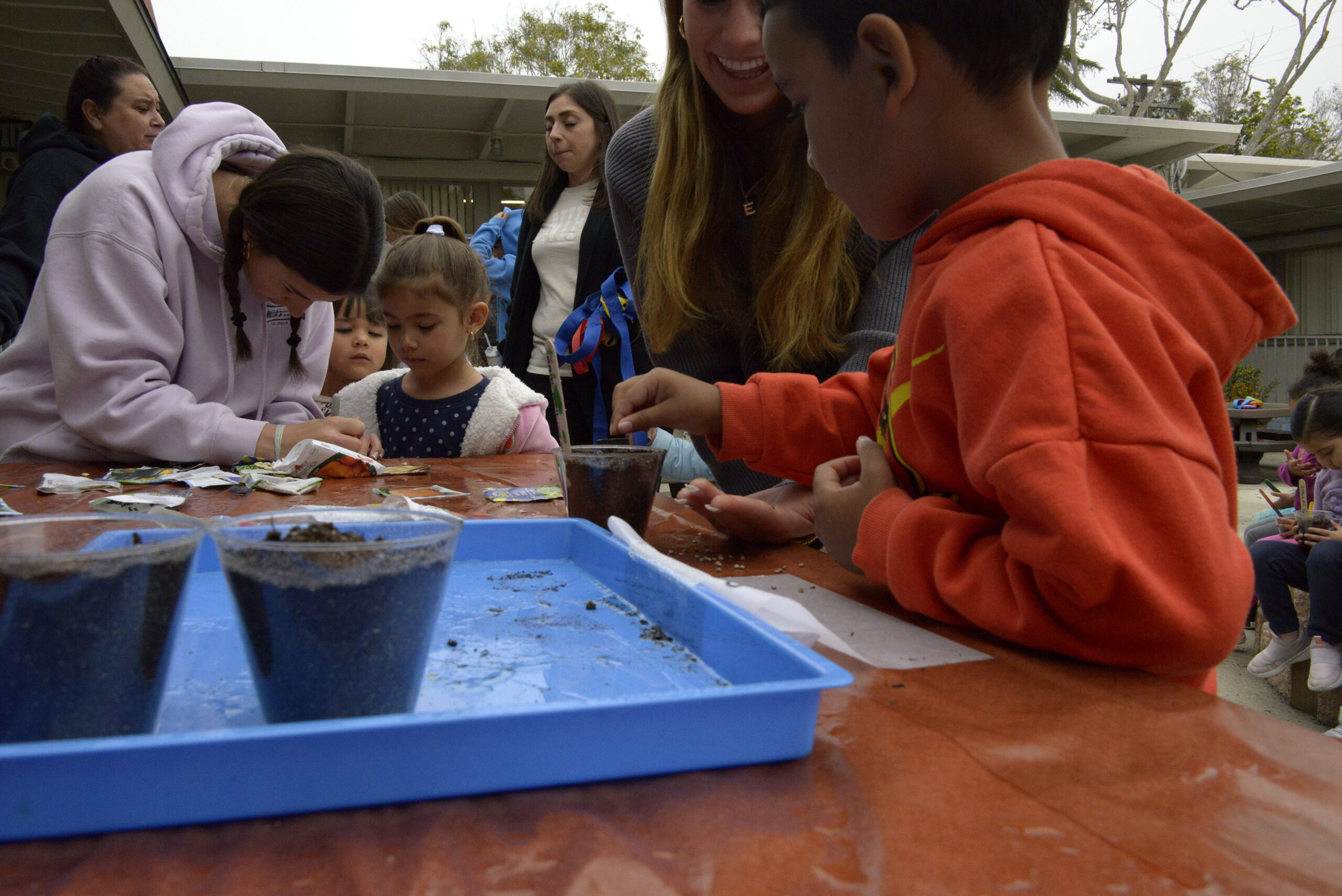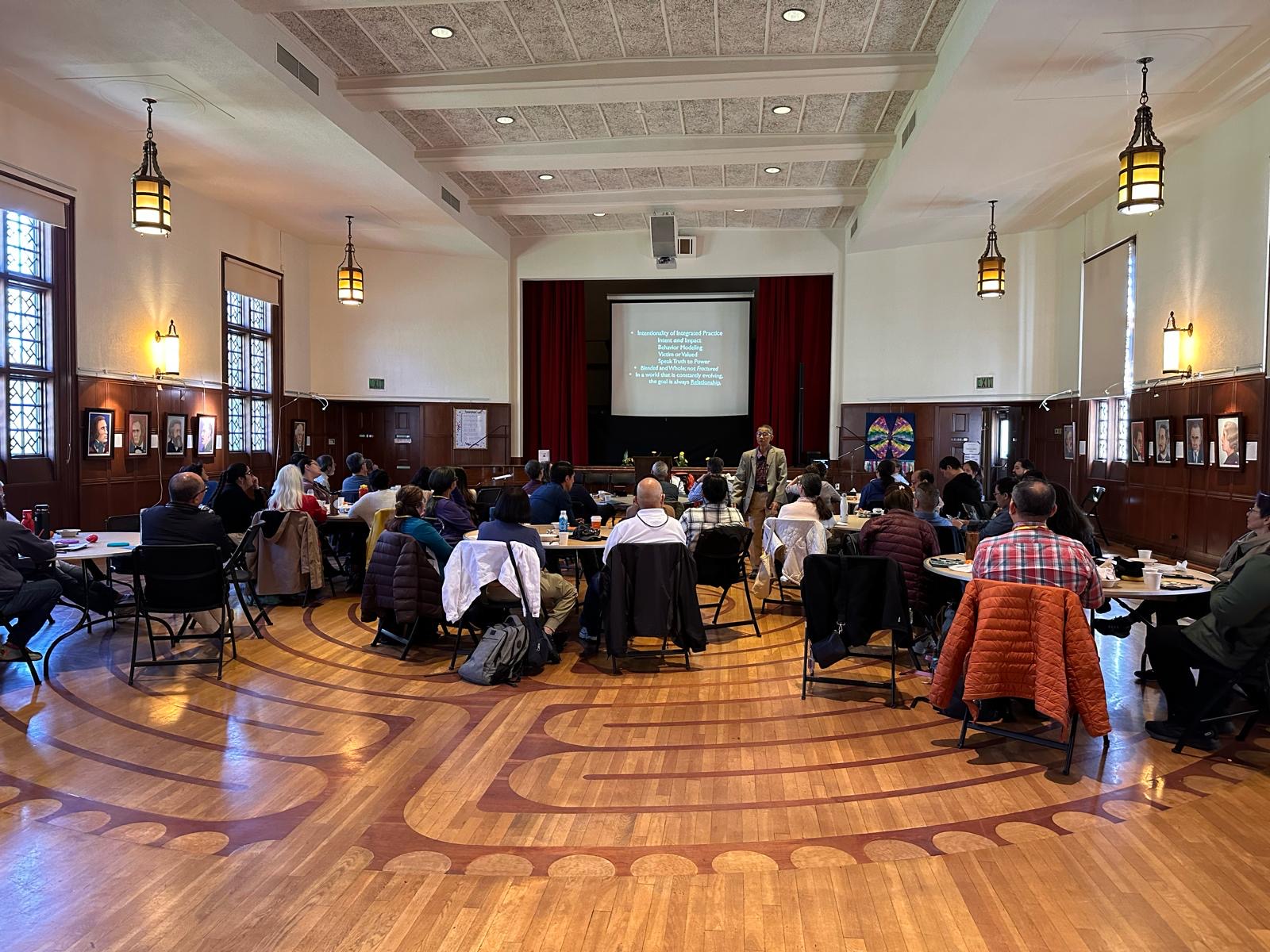At baptism, we are all invited into a shared ministry of spreading the Good News of Jesus Christ with the world. Some areas of ministry require greater care. Eucharistic Visitors, Lay Preachers, Lay Evangelists, and Lay Catechists all come into close relationships with others under the authority of the church. In order for all of our work to be respectful, safe, and caring, the Constitution and Canons of the Episcopal Church, and our own Diocesan guidelines require that those lay ministers be licensed.
Jason Evans, Canon for Mission, and Charlette Preslar, Director of Formation, came together to answer eight of the most frequently asked questions about lay licensing.
What roles or responsibilities require a lay license?
Charlette: We currently offer four lay licenses, which is an expanded number from what we used to have. Most people know that we have Lay Eucharistic Visitors; the training for that license is done with the Reverend Nancy Holland. We also have a Lay Preaching License, with training through the West Coast Collaborative, and new, last year, was the Lay Evangelist License. We had a small cohort do the training offered by Jason last year. This year it’s been advertised, and we hope it will be much larger. And then, brand new for this summer, will be the lay catechist license. So, four licenses now!
What specific gifts, talents, and experiences might a person possess that could be part of a lay license?
Jason: One of the most helpful ways to think about this is not what you like to do–which is important–but how people have responded positively to what you’ve done in church life. How have people received your contributions in the past? When have you received positive feedback? These types of responses demonstrate that not only do you have a skill, but it is also a gift to the community that you’re a part of.
How does one know they are prepared to dedicate themselves to the lay licensing process?
Charlette: Well, I guess I have two answers to that. My first answer would be they don’t! I think that the most important piece is a willingness to take a chance on it. Part of the process is discerning. You start that process by discerning with your home congregation, and then the training helps you clarify. The second answer expands on what Jason was saying, that it’s almost like a Holy Spirit nudge you can’t avoid. Perhaps you are teaching Sunday school, and in the journey of teaching Sunday school, you’re constantly feeling as though you could support your classroom of learners better if you had deepened skills and resources–it’s that piece, that nudge, calling you to know more.
Can you talk a little bit about the Lay Evangelist Training that is open for registration now?
Jason: That term, evangelist, has its roots in the Greek word evangelion, which means “good news” or “good messenger.” That is essentially what this course is going to cover over four sessions; we will talk about what it means to be good messengers who share the good news of what Jesus has done in the world. We will consider how to do this in ways that others understand and feel welcomed into. We will dial down the anxiety that is often felt around evangelism and explore how to authentically go about sharing good news as individuals.
Every Sunday morning, the good news is announced in our churches, and we want participants to learn practices for inviting others to hear that announcement. And it’s important to add that the class is designed to reflect our tradition, not another tradition or denomination.
And there is a new license available this year, Lay Catechist.
Charlette: Yes, I’m really excited about it. This was one of the licenses when I first came on board as the Director of Formation, that was completely dormant. It wasn’t a license we were offering here in our diocese. And so, as I started to think about what that would look like–I explored programs across the country to see how other people were doing it. The lay catechist license is described as, “preparing people for baptism, Confirmation, and reaffirmation, etc.” It could really be so much more than that. And often the person who functions in that role also does most of the faith formation offerings in your congregation.
So my question was, what tools would they need to really be a lay catechist? The course is designed to not just cover children’s faith formation or youth faith formation or adult faith formation, but also consider, “What does it look like to offer congregational formation?” And then we go beyond that. We will look at formation programs that are out there, decide if they align theologically with what we believe in the Episcopal Church (because not all of them do), and then consider, “Will this work in my specific context?” And if not, “How can I make it work in my own context?” So, by the end of the program, participants will be able to not only vet curriculum but also design their own curriculum in areas that excite them.
How does the lay licensing process align with the broader mission and values of the Episcopal Church?
Jason: Well, to start, consider this: what do we do with someone called to the priesthood or the diaconate? There’s a whole process to it. We discern that this is something the Holy Spirit has called someone to. When it is determined that this person is, indeed, called to the priesthood or diaconate, there is training and formation. Once ordained, a system of accountability is in place. There are a lot more lay people than there are priests and deacons! A similar pattern applies to us. The spirit of God is calling each of us uniquely to different callings and has given us different gifts and abilities.
All of the licenses we offer for the laity in this diocese are established canonically across the Episcopal Church. Our licensing process is a way for us lay people to both be trained around these gifts and be held accountable to certain standards. How does that fit into our broader mission and values? I think this process and these licenses respect that we are each called into this ministry together as the church. The church requires all of us to be a part of announcing the good news of God and calling people into deeper, discipleship–not just those called to the priesthood or diaconate.
Are there any ongoing requirements or commitments that licensed lay individuals must fulfill to maintain their license?
Charlette: Yes, there are. So there are several requirements that people must complete as part of supporting their lay licensing process. The first is Safe Church training. Anybody who is going to apply for a license needs to complete Safe Church training. They also will need a background check. All of the licenses also require applicants to complete a Diocesan approved Anti-racism training. The preferred workshop would be Lark, but there are three others if LARK doesn’t work in someone’s schedule. Additionally, most of our lay licenses also require the workshop Knowing Yourself. Knowing Yourself was designed and is facilitated by Rachel Ambasing and myself. It creates room to explore your ministry through a lens of self-awareness. We all bring our own things to any ministry we participate in, and being aware of those things, the blessings, and the challenges, will help us live into our ministries more fully.
So, where do you begin?
Jason: I don’t know that there’s one step that comes before the other. Wherever you are is where you begin. One of the first things you should do is pray about this. Ask for clarity. Talk with the leadership in your church. Talk to the people in your household, close friends, and congregation. Where did they see your gifts? Where are your gifts needed in the life of the church? Try out some ministries. Discover what nurtures your soul–what feeds your spirit. And go for it!
Charlette: That’s what I would have said. I would say, “Pray about it and talk about it.” Those are the two places to start. It’s really important to know that in the lay licensing process, it is a partnership with your home congregation. You are going to need their support as you travel through this process!
Jason: It’s also important to designate the difference between what we’ve all been called to do as Christians in our Baptismal Covenant, giftedness, and licensing. All of us are called to share the good news. So all of us, to a degree, are invited to be evangelists. Some of us, due to our personalities and previous experiences, find this to come more naturally than others. And still others, because of the influence we have within our congregation, ought to be licensed to work with congregational leadership on announcing the good news. The same thing goes for other ministry areas that have licenses.
I would add that the bishop licenses people for three years at a time. This isn’t a lifetime commitment. You could get licensed as a lay evangelist, lead with your head of congregation in that work for three years, and then pursue a different commitment.
To find out more about lay licensing in the Episcopal Diocese of San Diego, click here
